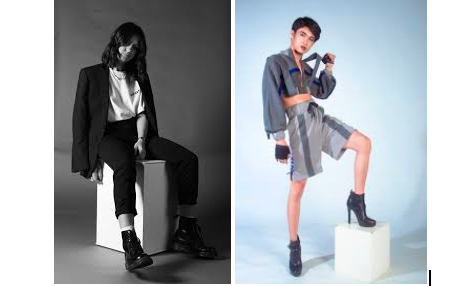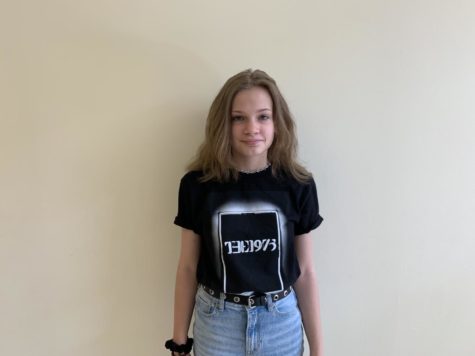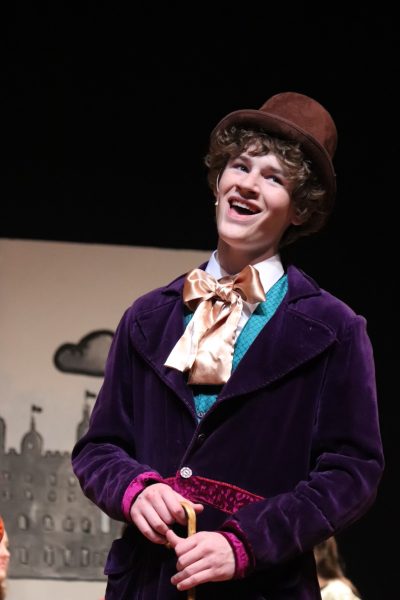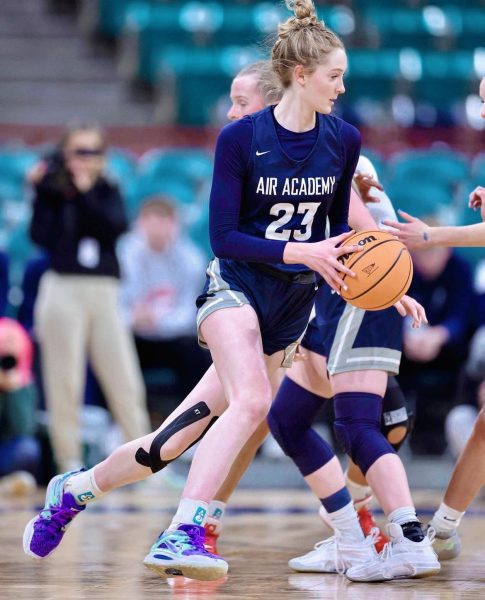The Decline of Gender Stereotypes Has Changed Modern Fashion

On the Vogue runway, male models are wearing skirts and high heels. In the last few years, large fashion brands have noticed this new style and it has become very popular. Labeled for reuse by pxhere.
Walking the halls of Air Academy High School, almost everyone you see is wearing jeans. Imagine that being socially unacceptable.
In 1943, The Journal Times in Racine, Wisconsin published a news story stating that Evelyn Bross, a mechanic, was arrested in Chicago for wearing trousers and a work jacket. Bross insisted she wasn’t cross-dressing and wore pants because they were more comfortable for her work. She was able to avoid jail time but she was put under psychiatric surveillance for six months.
Women wearing pants didn’t become normal until the mid 20th century. Throughout the last hundred years, clothing and style have been limited by the societal construct of gender labels, but in the last couple of decades these constraints have been fading.
World War II helped move along this idea. When men went to fight in the war, the women took up their jobs which started the normality of seeing women in male uniforms.
Women have embraced the popularity of adopting male garments because they have enabled women to move more comfortably and casually. They began to give up dresses and skirts so they can participate in more activities without worrying about functionality.
Air Academy high school counselor Sherri O’Lonergan, shared that people are becoming more open-minded, “it breaks down barriers and makes it so that there’s more flexibility for people and less like straight jacketing in roles and having to fit into a certain conformity.”
To the youth the terms ‘masculine’ and ‘feminine’ have become less important to demonstrate in fashion. People have had enough with restrictions like gender stereotypes. More and more believe in neutral clothing that can reflect how the individual wants to live and dress.
Rad Hourani, a Canadian fashion designer, said, “I realized that I don’t think of people in terms of gender or age or race or nationality because these are all man-made constructs.”
A New York Times article by Susan Chira, stated, “Society is in a time of renewed ferment about gender… President Donald J. Trump reportedly likes his female staff “to dress like women”; just what this means isn’t entirely clear. The divide looms between those who welcome the new fluidity and those who yearn for clearly defined gender roles.”
Past Air Academy high school student Emma Quade explained, “I honestly have always liked guys clothing way more, and people are more open to crazier styles than before because right now the style is to be different. Masculine is the new feminine.”
On the Vogue runway, male models are wearing skirts and high heels. In the last few years, large fashion brands have noticed this new style and it has become very popular. This is promoting the idea that people should wear what they want and not have to worry about prejudice.
The youth have not shied away from protesting that this division is old fashioned and has been limiting individuality. Popular musicians like Harry Styles and YUNGBLUD demonstrate this rise of gender fluidity. On stage Harry Styles wears floral suits and “feminine” blouses and pop-punk singer YUNGBLUD proudly wears dresses and makeup; both defying the gender-based norms.
Valerie Steele, fashion historian, shares people are no longer thinking about what culture they’re from or what gender they are, “They feel there needs to be something that people can wear just as people.”

My name is Natalie and this is my first year writing for the Jetstream Journal. I'm pumped to write some articles and expand my writing skills. I have...













Maddy • Feb 6, 2024 at 9:06 am
Loved this!! Perfect information for my essay. Thank you.